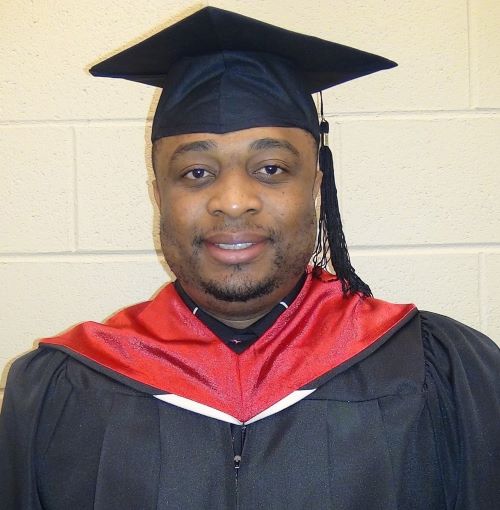Word Problems on Combinatorics
 For ACT Students
For ACT Students
The ACT is a timed exam...$60$ questions for $60$ minutes
This implies that you have to solve each question in one minute.
Some questions will typically take less than a minute a solve.
Some questions will typically take more than a minute to solve.
The goal is to maximize your time. You use the time saved on those questions you
solved in less than a minute, to solve the questions that will take more than a minute.
So, you should try to solve each question correctly and timely.
So, it is not just solving a question correctly, but solving it correctly on time.
Please ensure you attempt all ACT questions.
There is no negative penalty for a wrong answer.
Use the functions in your TI-84 Plus or TI-Nspire to solve some of the questions in order to save time.
For JAMB Students
Calculators are not allowed. So, the questions are solved in a way that does not require a calculator.
For WASSCE Students
Any question labeled WASCCE is a question for the WASCCE General Mathematics
Any question labeled WASSCE-FM is a question for the WASSCE Further Mathematics/Elective Mathematics
For NSC Students
For the Questions:
Any space included in a number indicates a comma used to separate digits...separating multiples of three digits
from behind.
Any comma included in a number indicates a decimal point.
For the Solutions:
Decimals are used appropriately rather than commas
Commas are used to separate digits appropriately.
Pre-requisites:
(1.) Combinatorics: Example 1
(2.) Combinatorics: Example 2
Students may use:
(1.) Formulas
(2.) Calculators
Solve all questions.
Use at least two methods whenever applicable.
State the case/type of combinatorics for each question.
Show all work.